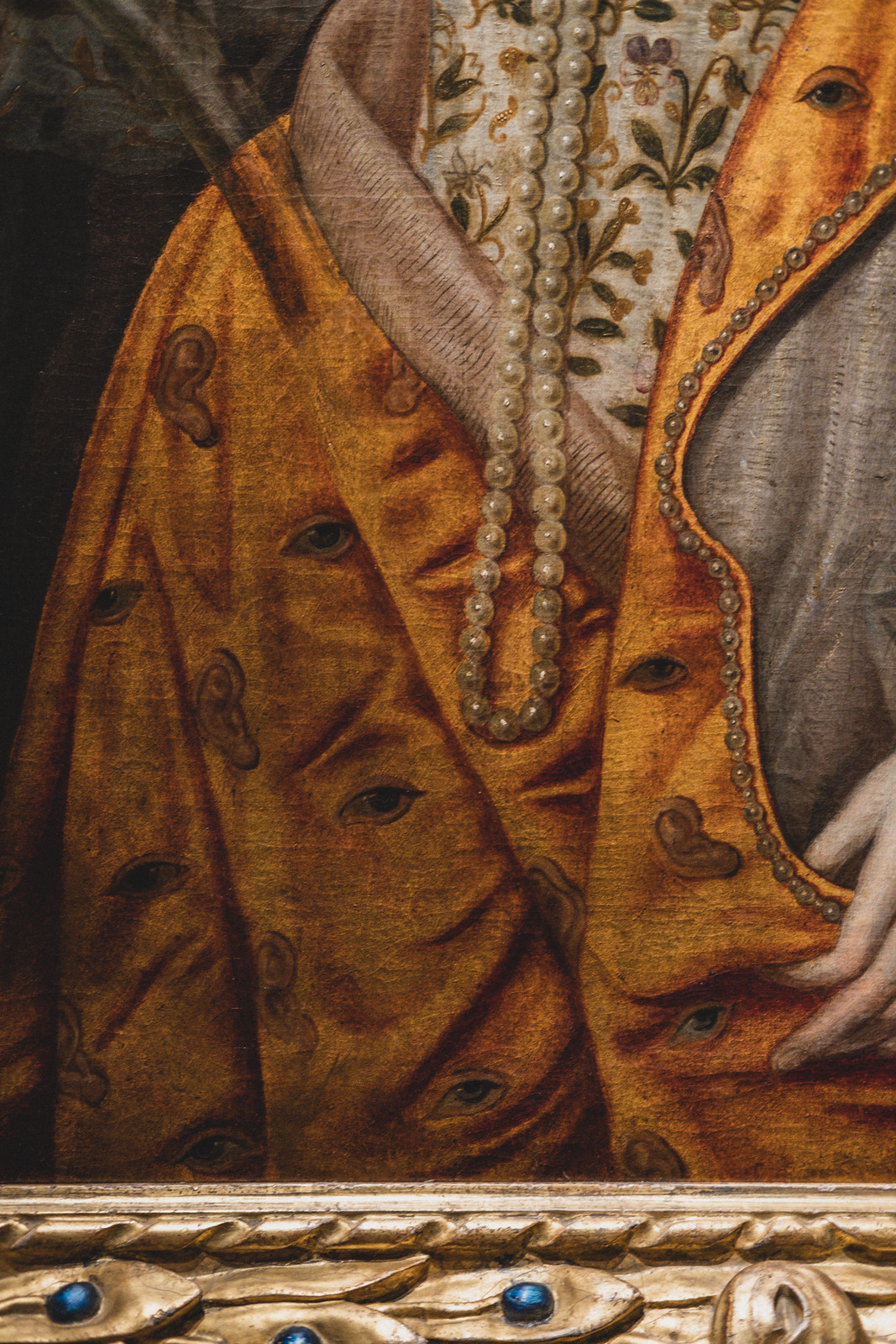Busts, Ancient Color, and the English Renaissance
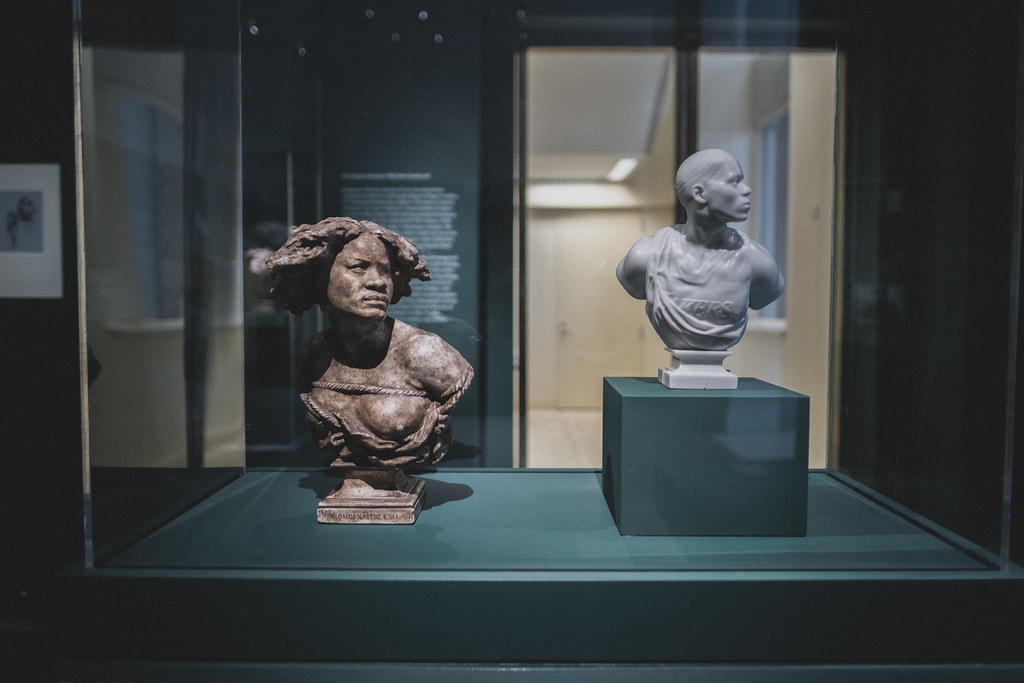
The Met was hosting a number of exhibitions during my visit. This is “Fictions of Emancipation: Carpeaux Recast.” It was organized around a single object (the model for which is pictured here on the left) — Jean-Baptiste Carpeaux’s Why Born Enslaved!, first modeled in 1868. Reproductions of this sculpture continue to be made and sold today.

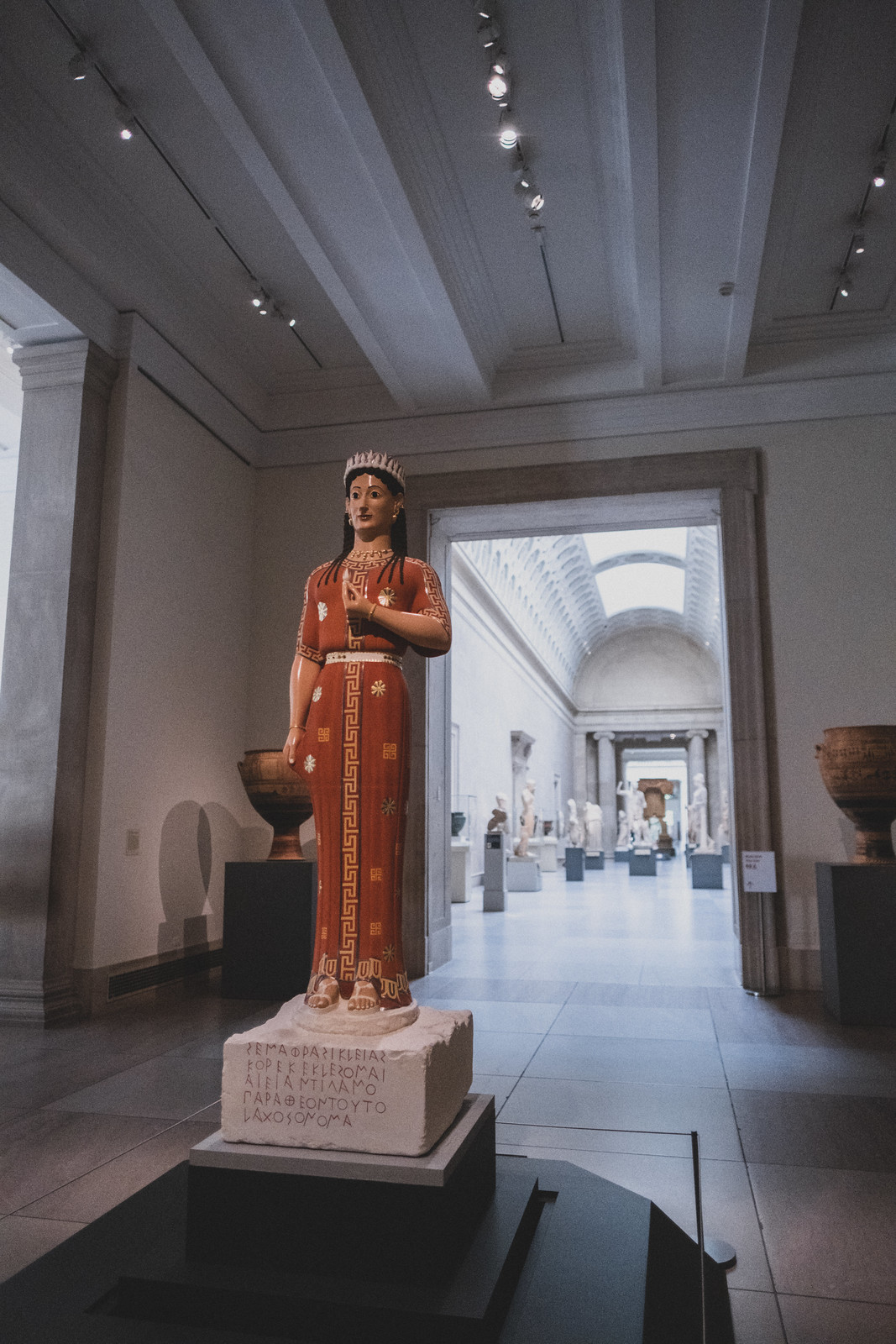
Did you know that ancient sculptures were not originally as we see them today — completely white? Traces of pigment have been found on sculptures during digs, strongly suggesting that they were actually painted in bright colors, and were meant to look life-like. “Chroma: Ancient Sculpture in Color” explores this concept, and provides examples of what these painted sculptures might have looked like in their original setting. It also gave me an excuse to get lost exploring the ancient art galleries ✨





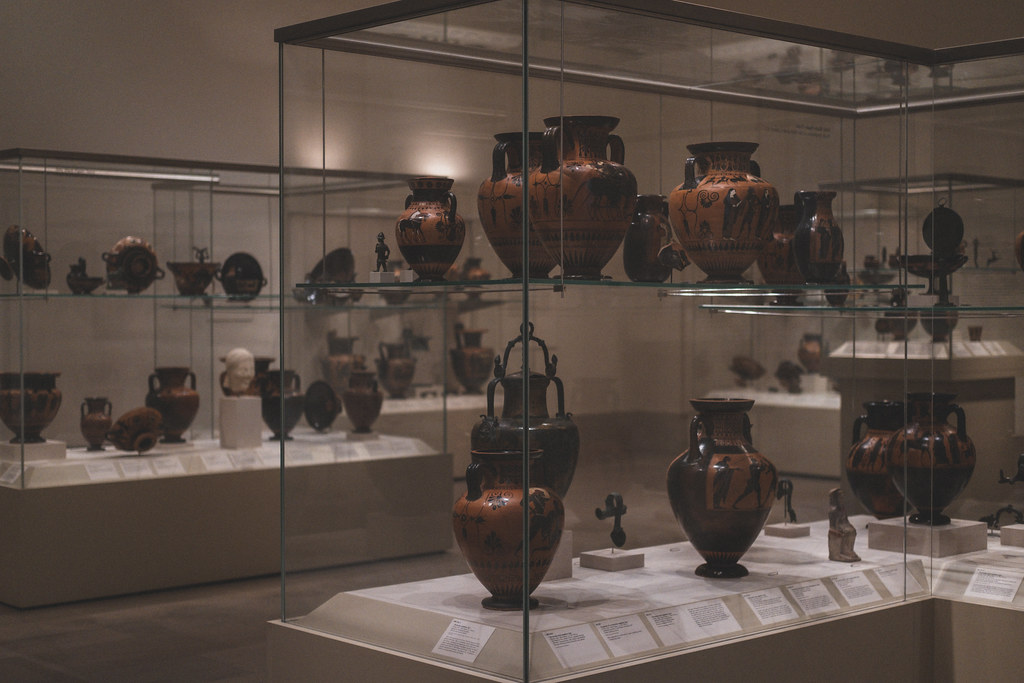



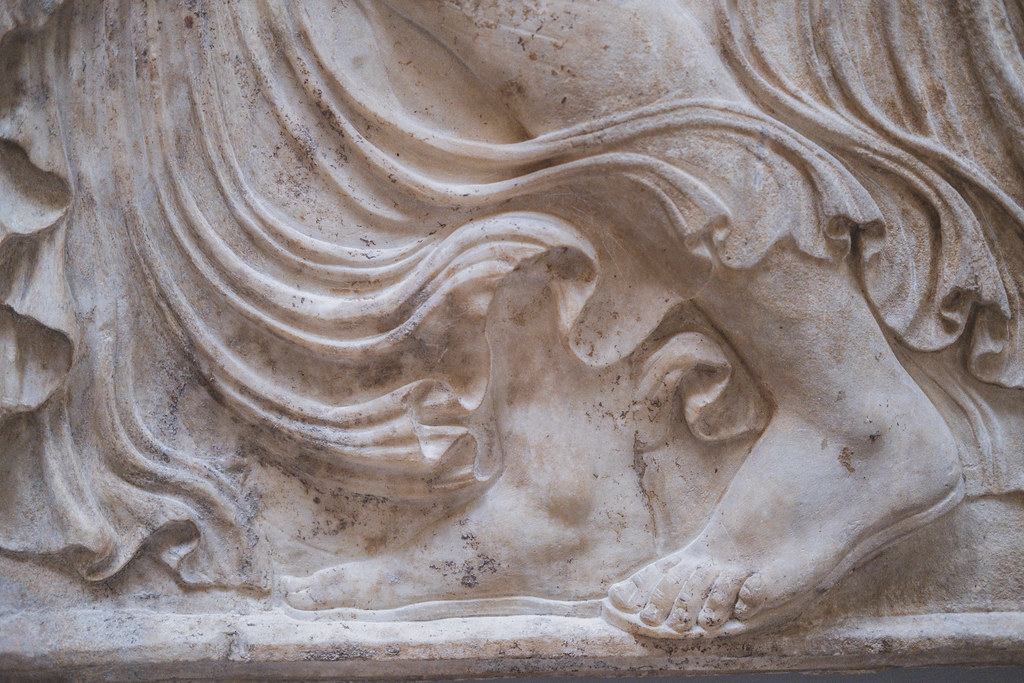








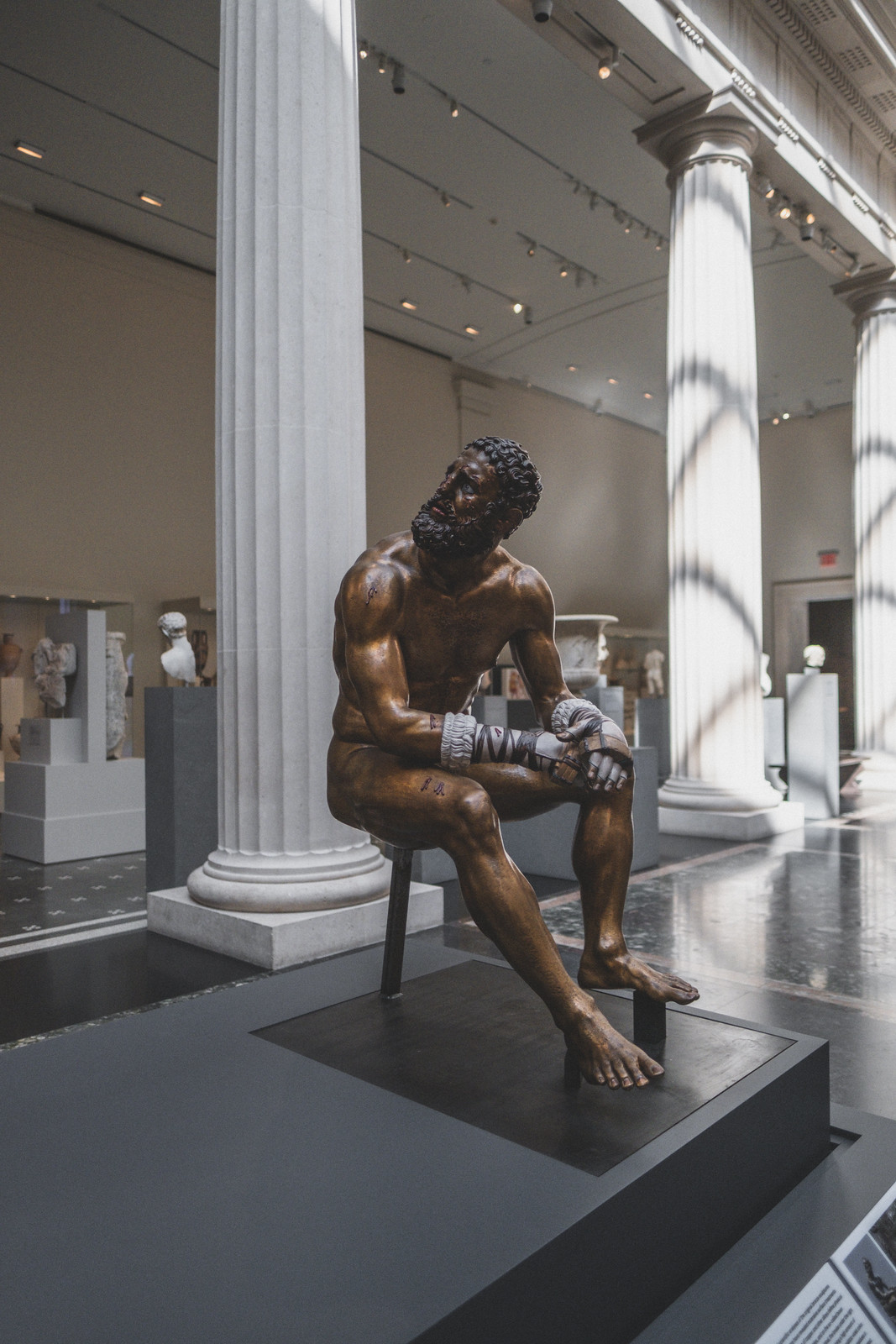







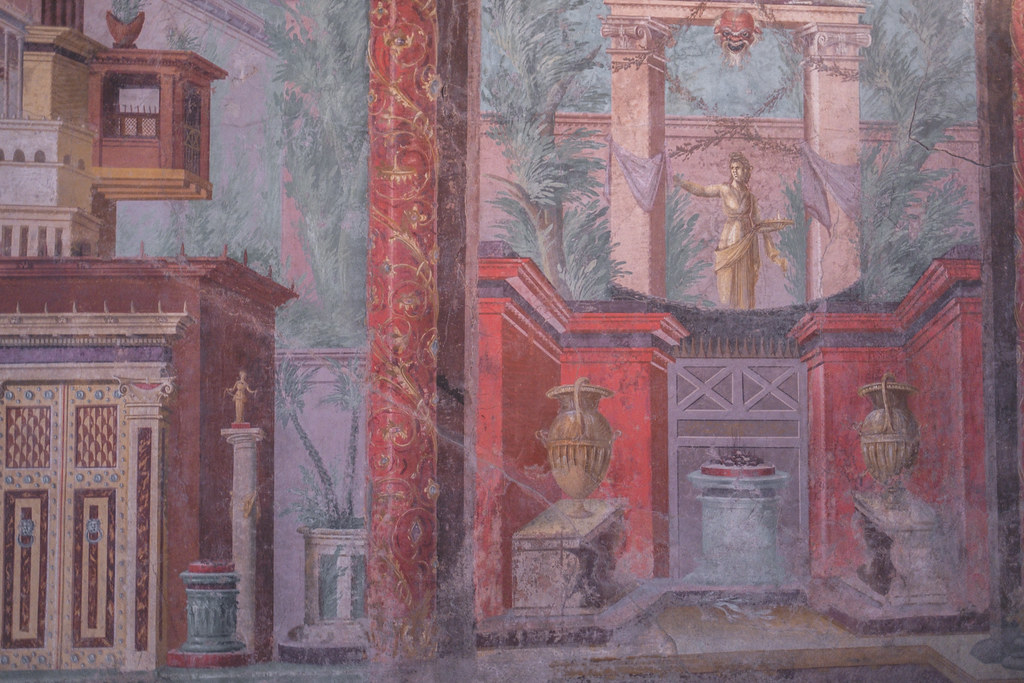

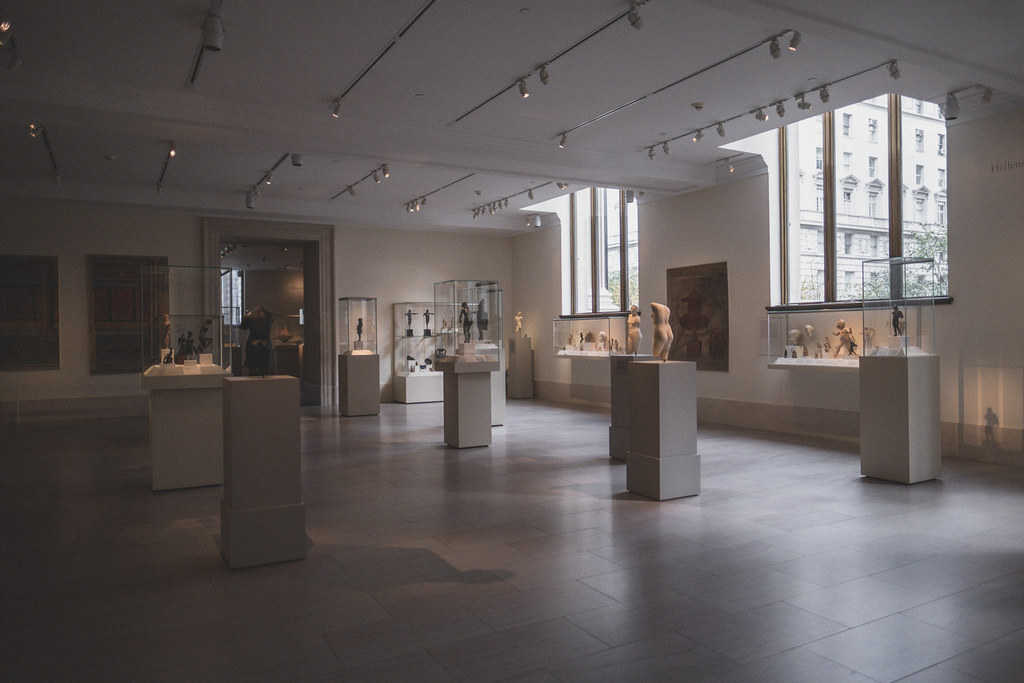


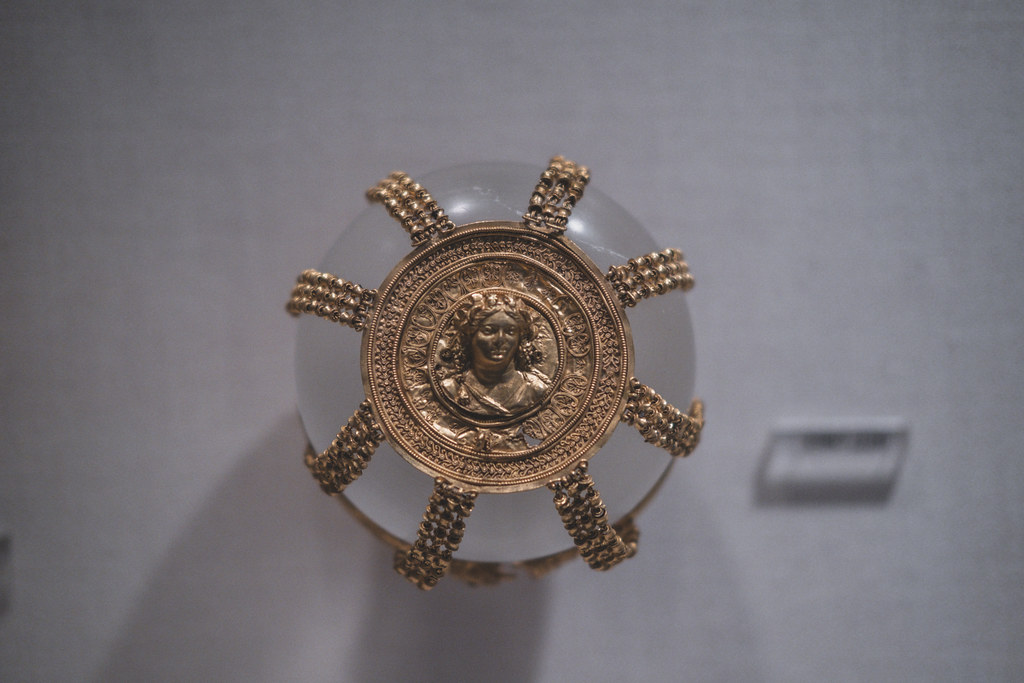




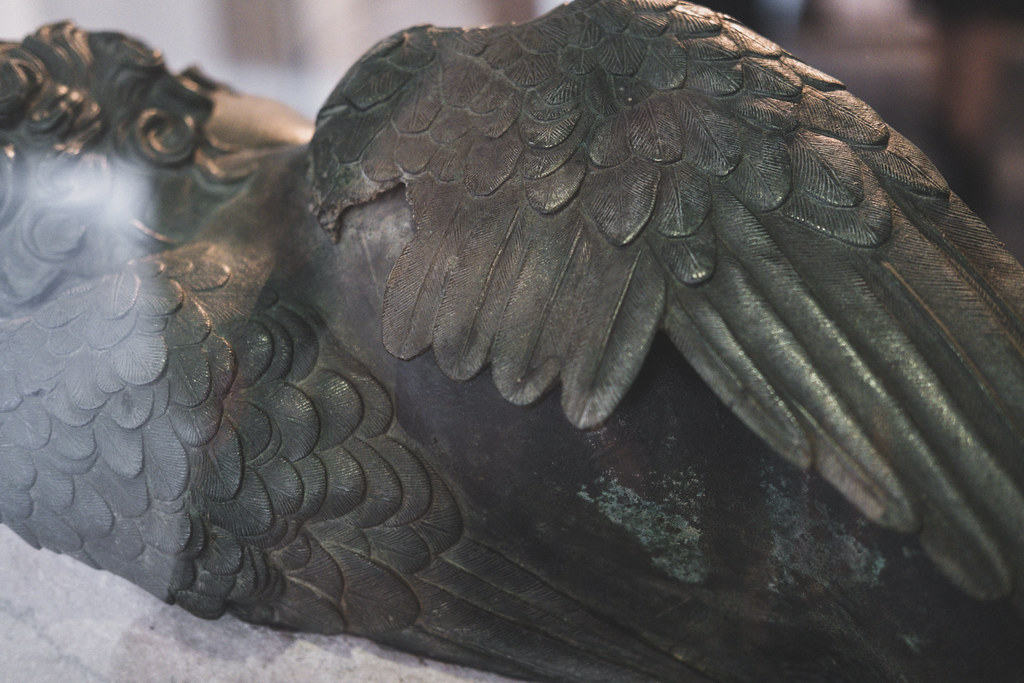




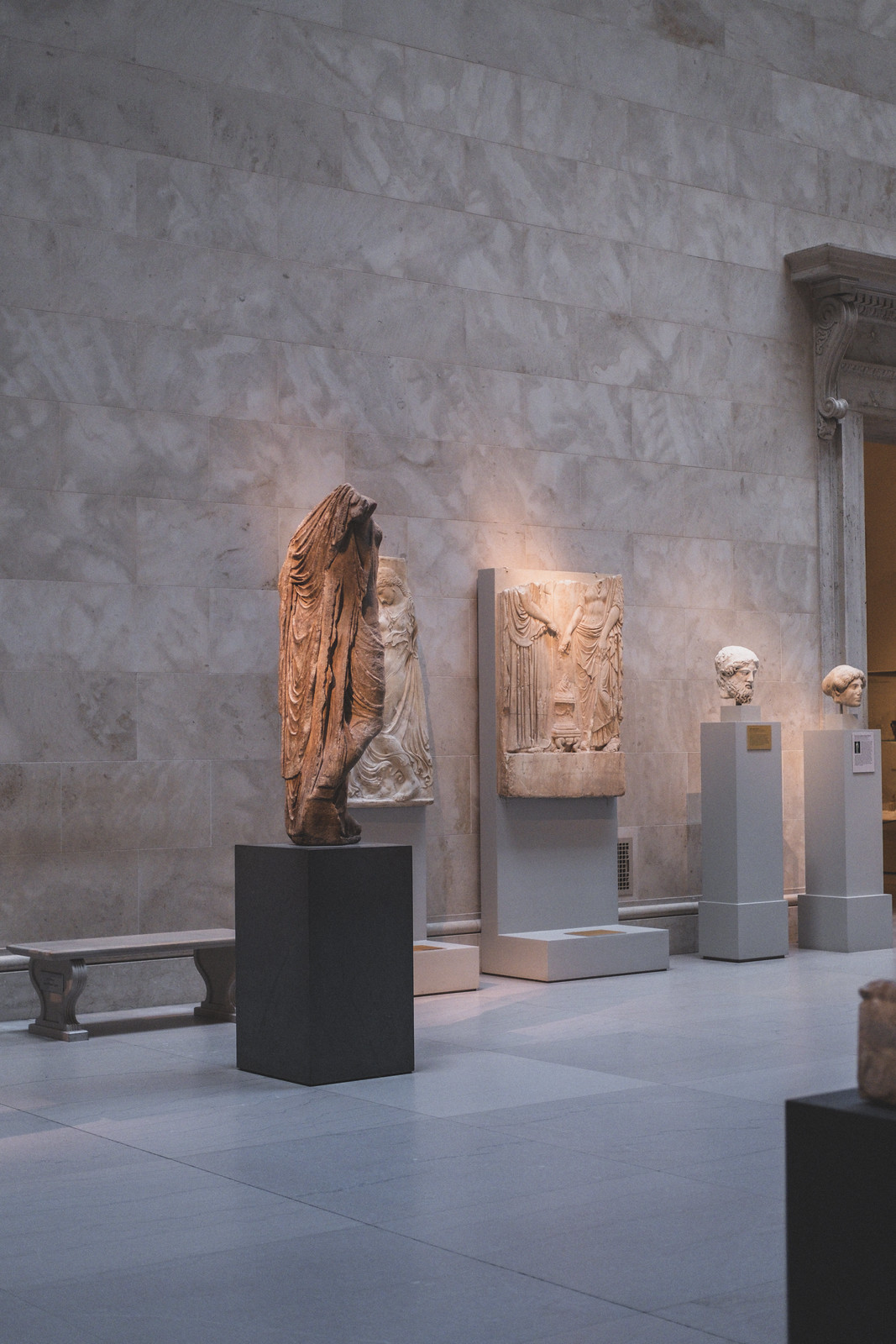
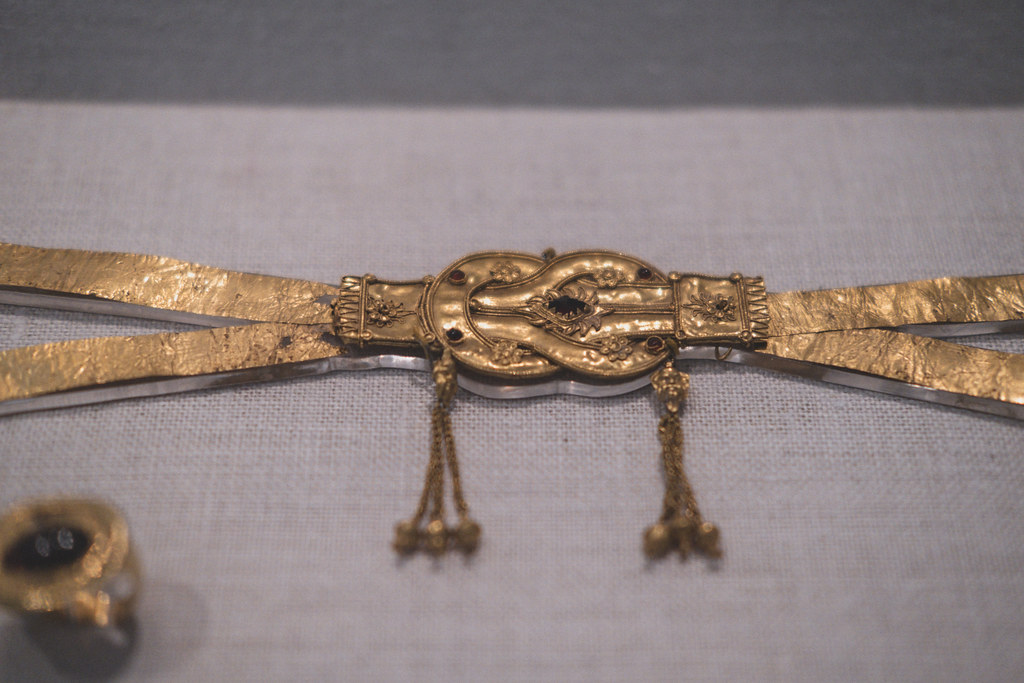




Here you can see the comparison of what the figure might have looked like originally against the remains that have been preserved.



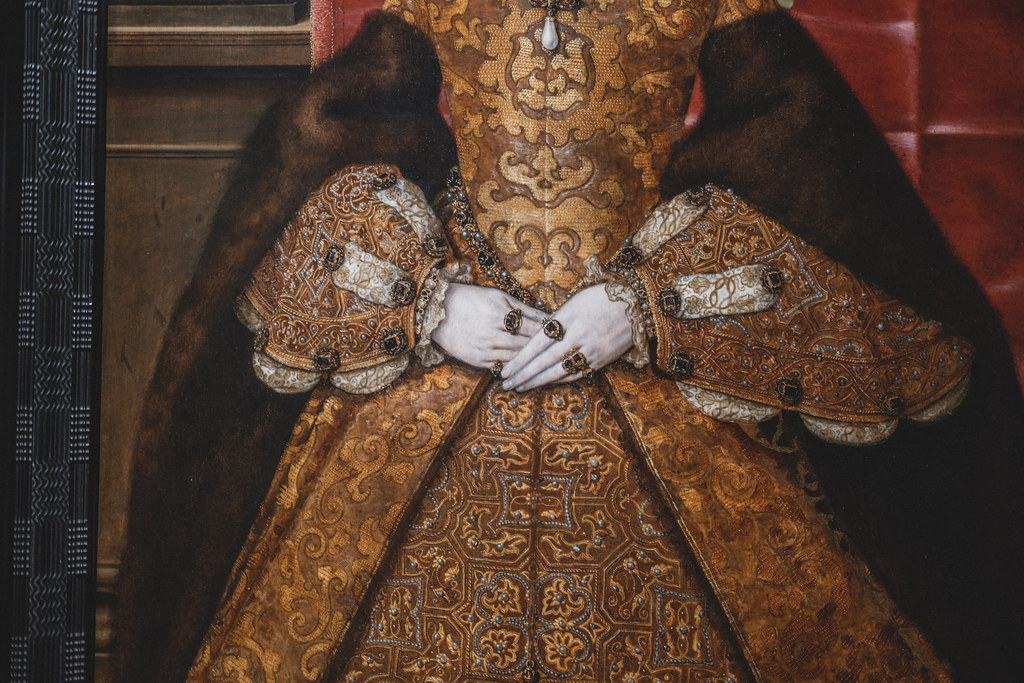
“The Tudors: Art and Majesty in Renaissance England” focused on the cosmopolitan quality of the English court during the Renaissance and the great influence of artists from all over the world who gathered here to create portraits and other works for the aristocracy.
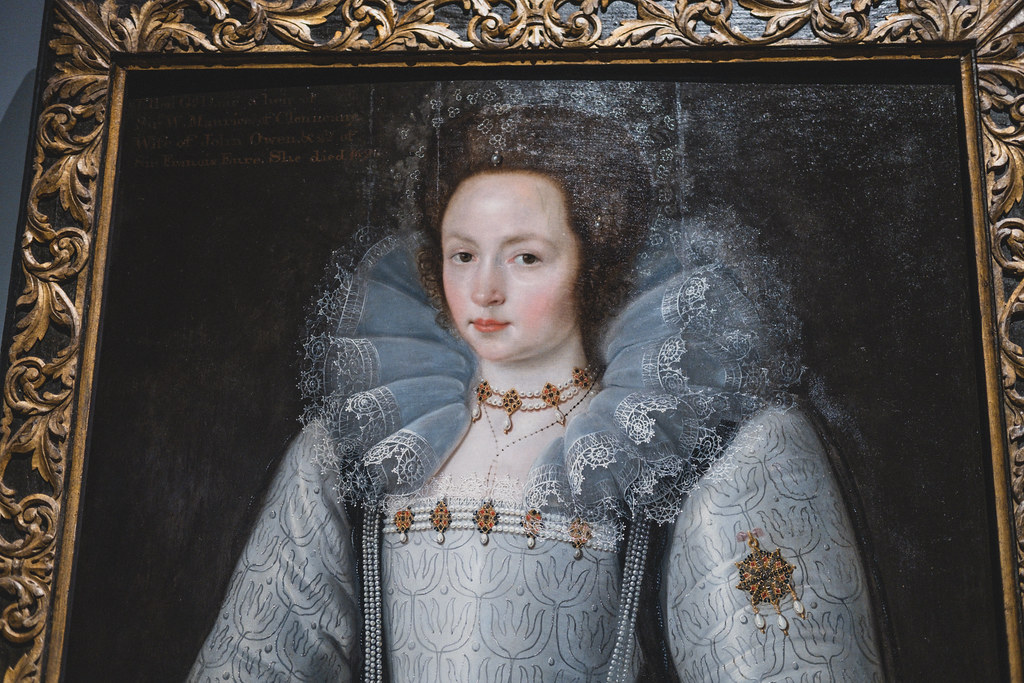
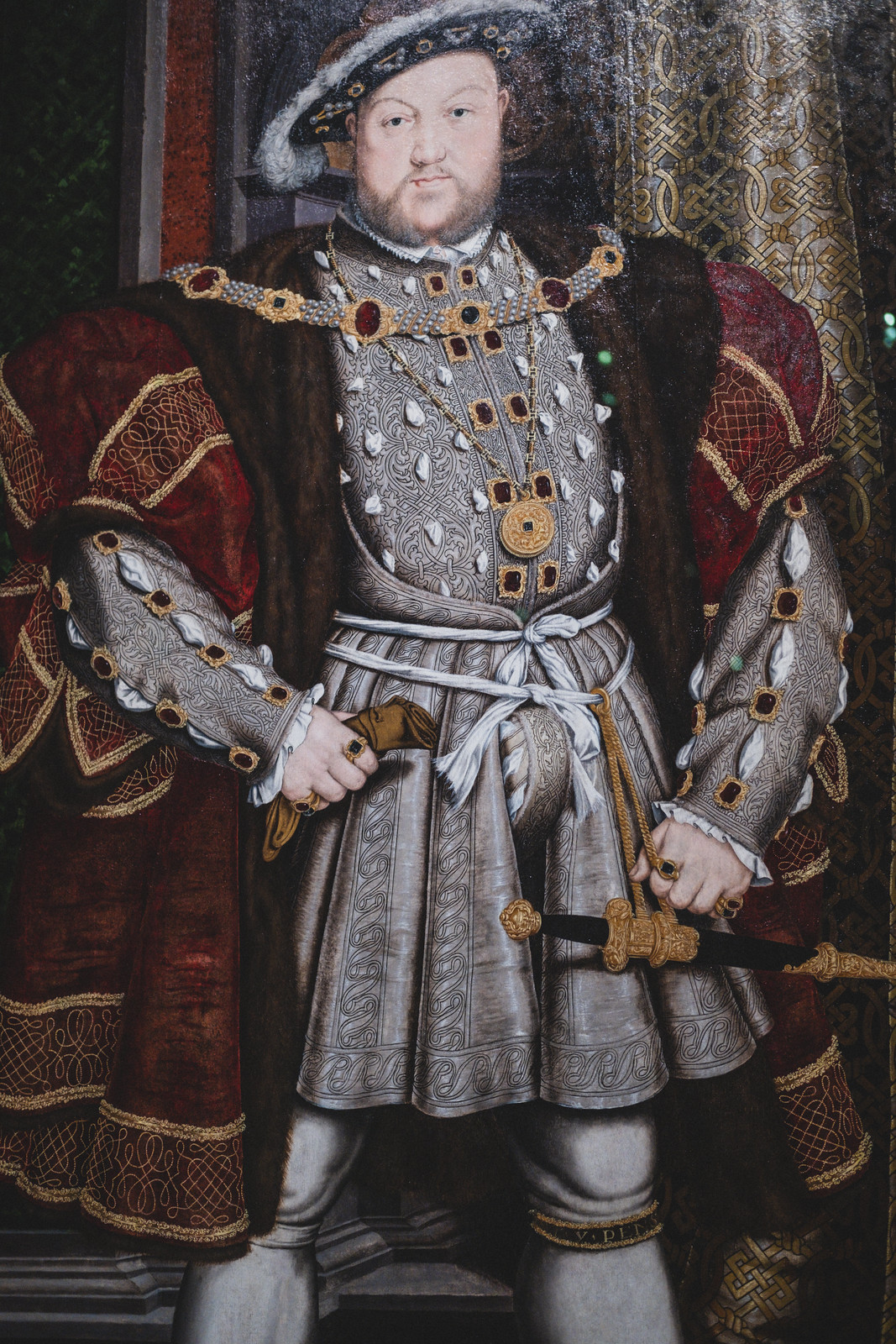
The original of this painting has been lost, though a number of studies and copies of it have survived over the centuries and are now held by galleries and museums in locations as varied as Madrid (Thyssen-Bornemisza Museum), Rome (Galleria Nazionale d’Arte Antica), and Warsaw (National Museum in Warsaw).

This is one of a few (all contested) surviving portraits of Anne Boleyn, second wife of Henry VIII and mother of Elizabeth I. Part of what makes the sitter’s identity unclear is the hair color (blonde), as Anne Boleyn was described by contemporaries as being brunette.

While the identity of the woman in this portrait is officially unknown, there is a strong theory that points at this being Mary Sidney Herbert, Countess of Pembroke. She was a poet and literary patron, and was listed by her contemporaries as a notable author alongside William Shakespeare.


Painted while the queen was in her sixties, she is dressed as if for a masquerade, wearing a variety of symbols: eyes and ears on her cloak and the serpent of wisdom, while also carrying a rainbow with the motto non sine sole iris (“no rainbow without the sun”).
